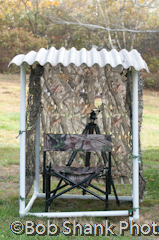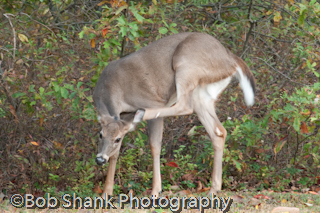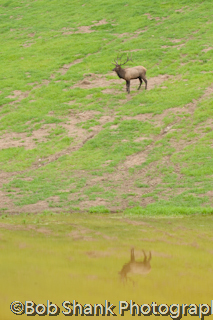How are the fall colors where you live? Here in the Poconos and even in Elk County the changing of colors is late this year. Last year we had snow in October and it was probably colder. This year the spring and summer rains may have also affected the changing of colors.
I watched a webinar this week on photographing the fall colors, which I found very interesting. Many of the teachings and suggestions cross over into many other types of photography, too. For example, knowing what the subject is in a photograph and using foreground subjects to create some depth to the photo. The problem with fall colors seems to be that many photographers think the brilliant colors will almost automatically make a great photo. This is obviously not the case.
Careful composition and forethought are needed to create a great photograph even in the presence of impressive fall colors. Don’t forget to take some closeups of the leaves and some wide-ranging shots that reveals a larger depth of field and shows some of the landscape.
Fall is my favorite time of year for photography. Are you getting some photos of this year’s fall colors and leaves?






